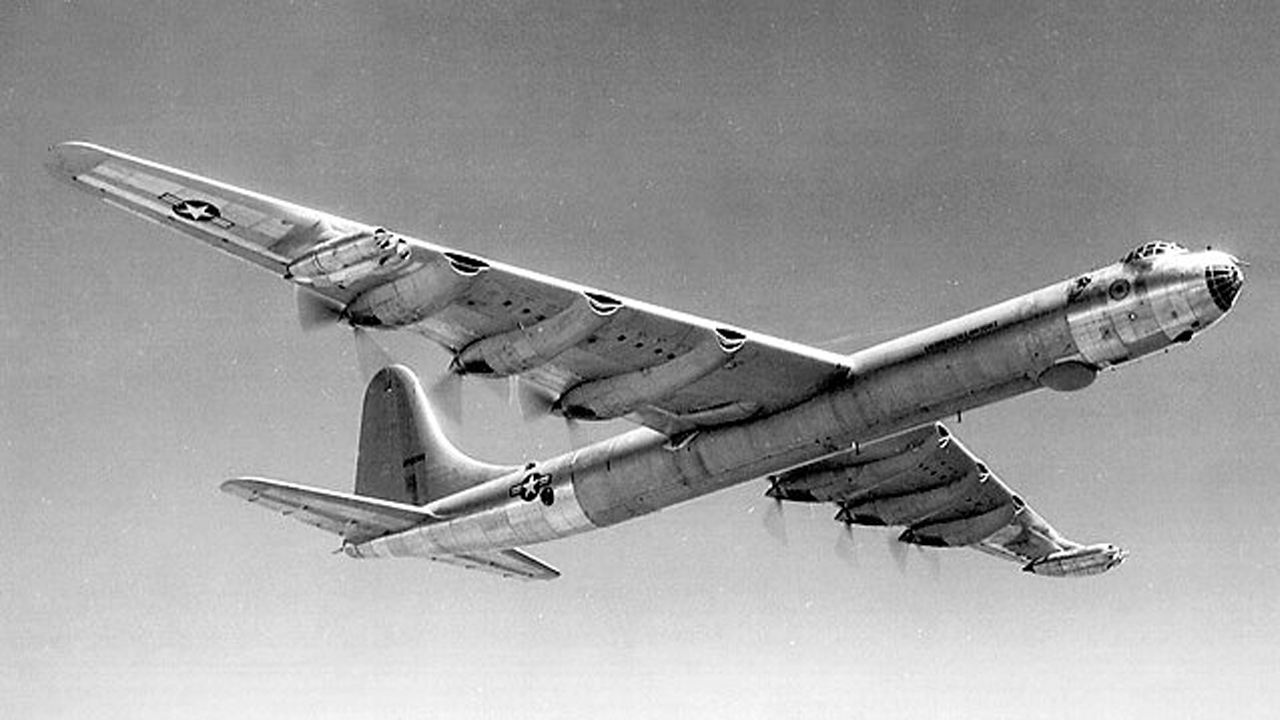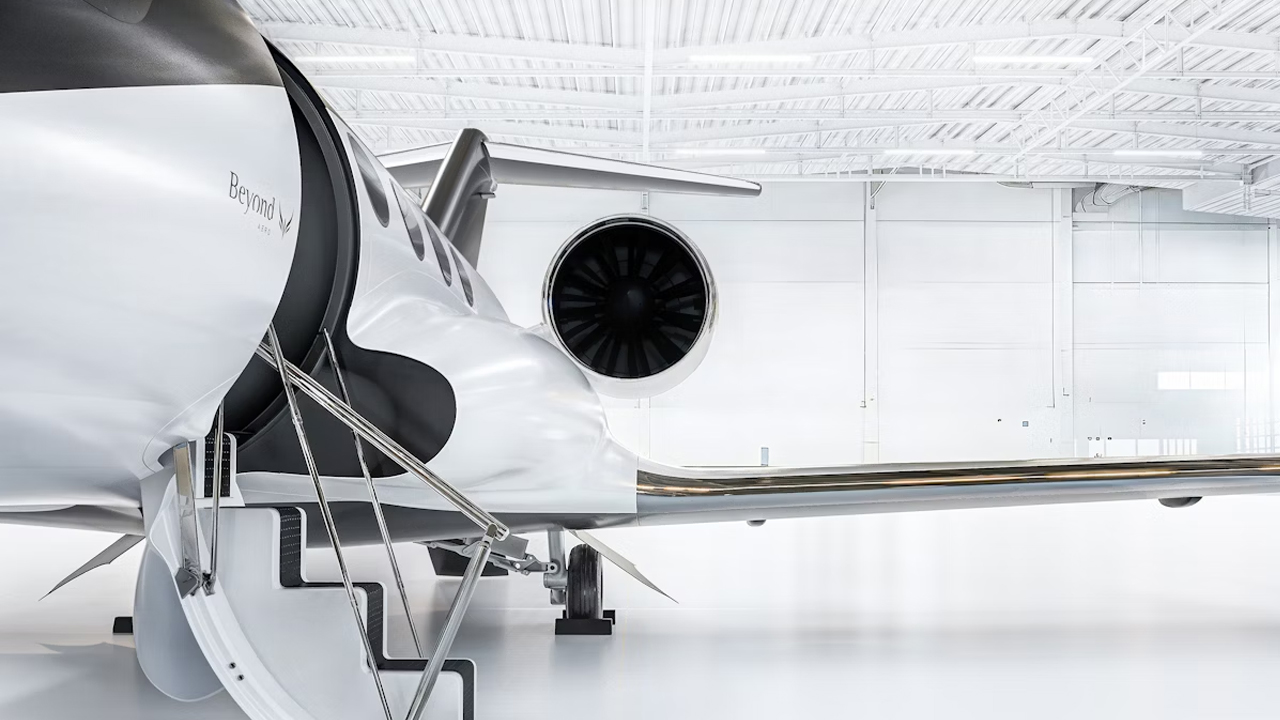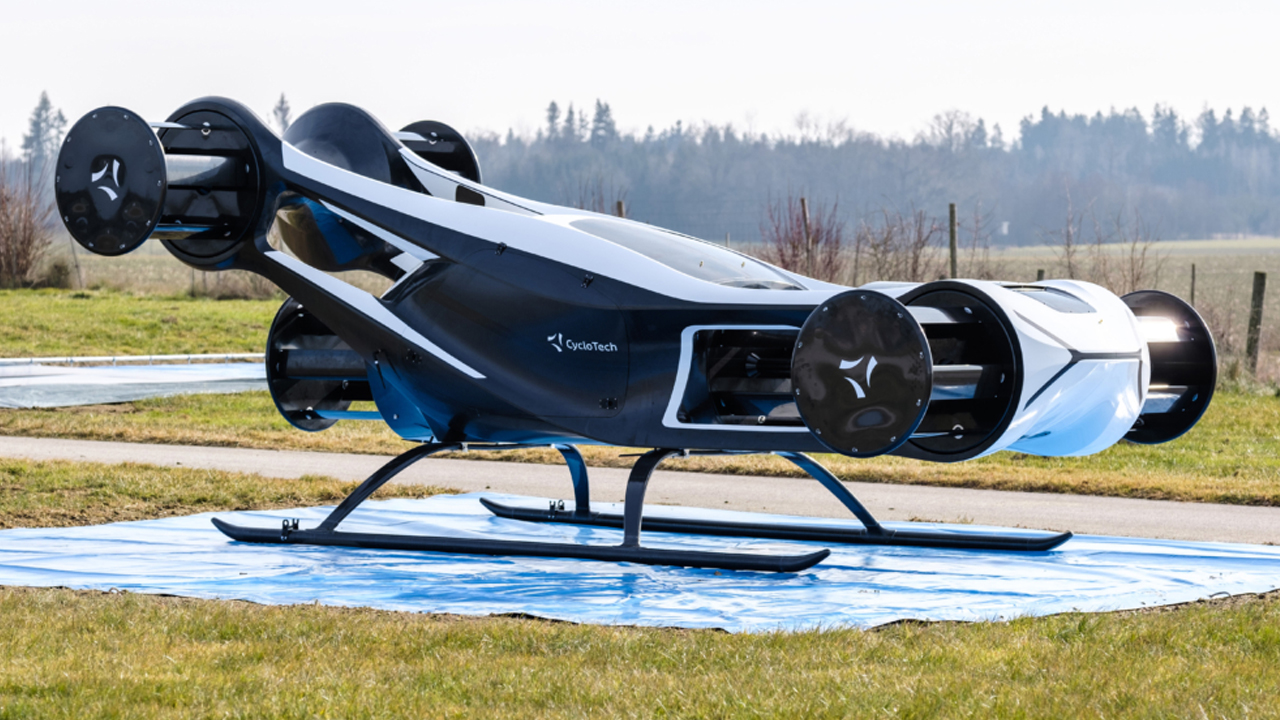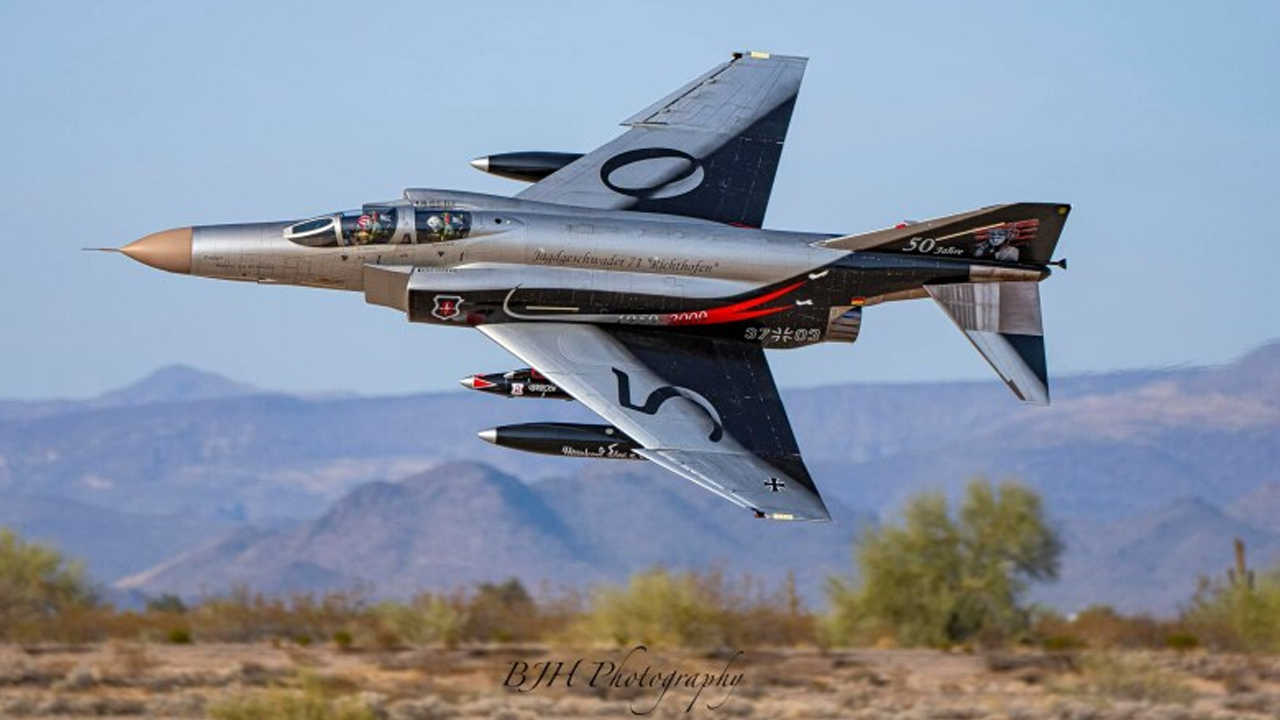The Convair B-36 wasn’t built for World War II. It showed up too late for that. But timing didn’t matter—because the B-36 ended up playing a different role entirely. It became the biggest symbol of early Cold War air power, a giant bomber designed to fly farther and carry more than anything the world had seen. Built to reach Soviet targets without refueling, it never dropped a bomb in combat, yet its presence shaped military policy for a decade. Here’s how the B-36 earned its place in American aviation history.
A Giant in the Sky
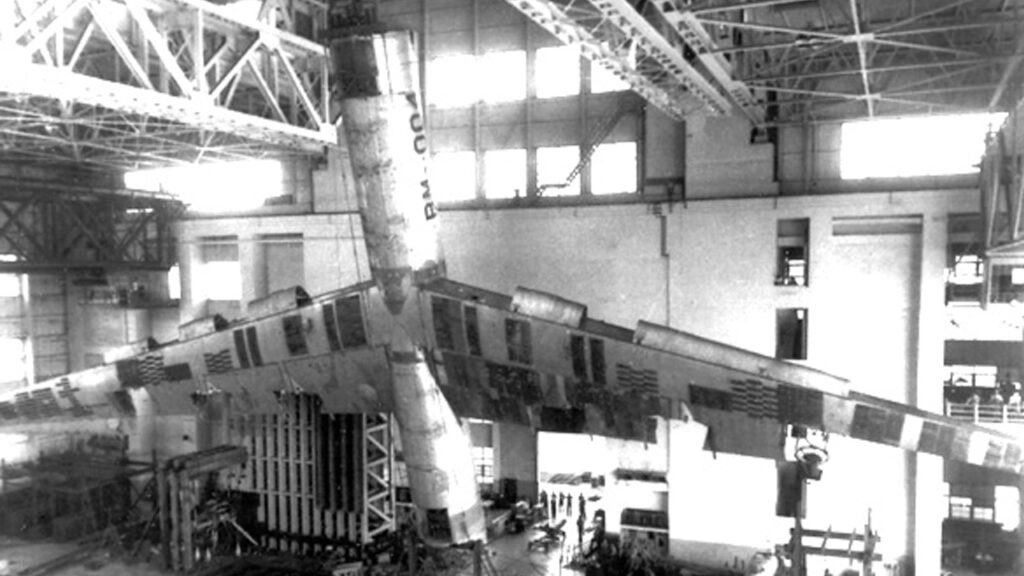
The Convair B-36 Peacemaker was the largest mass-produced piston-engine aircraft ever built, stretching 230 feet across the wings and running 163 feet long. Powered by six rear-facing radial engines—and later, four additional jet engines—it earned the nickname “six turning and four burning” ( National Museum of the U.S. Air Force ). That hybrid setup gave it the ability to fly over 10,000 miles without refueling.
It wasn’t just about distance. The B-36 could carry an enormous payload—up to 87,200 pounds of bombs—including the massive 42,000-pound MK-17 thermonuclear weapon ( Simple Flying ). That kind of firepower made it a key piece of the early Cold War arsenal.
Strategic Role During the Cold War
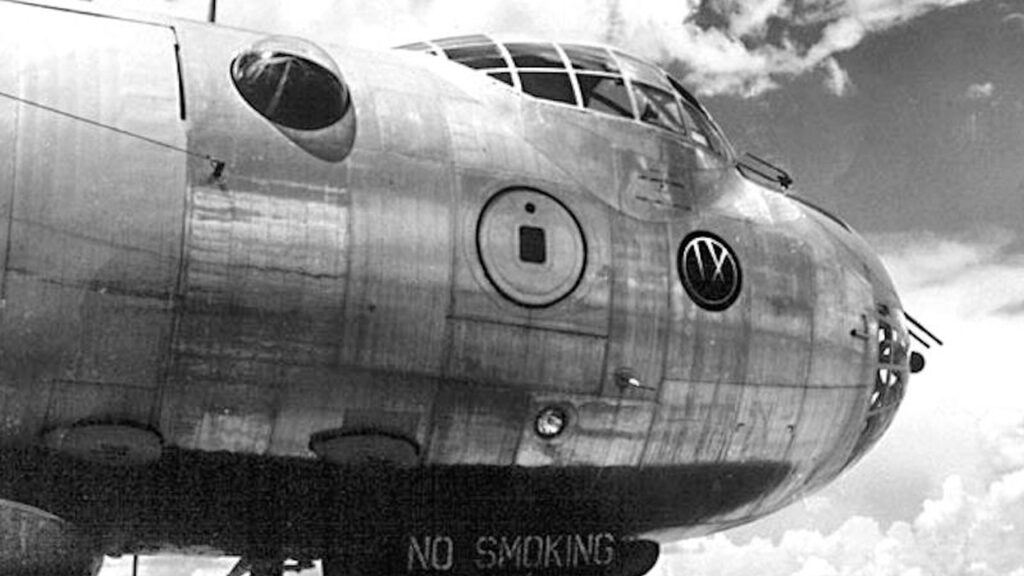
Although it missed World War II by a few years, the B-36 helped define America’s nuclear strategy in the early Cold War. Its ability to deliver atomic weapons across continents without refueling made it a foundational part of U.S. deterrence policy ( Lockheed Martin ). Just having it in the air or ready on standby sent a message to rivals around the world.
Interestingly, the B-36 never saw actual combat. Its purpose wasn’t to bomb but to prevent bombing. In many ways, it embodied the “peace through strength” mindset of the 1950s ( Smithsonian Magazine ), silently shaping U.S. foreign policy through sheer presence and potential.
Operational Challenges and Maintenance

Running a plane this big was no small task. Each engine had its own 100-gallon oil tank, and every routine check meant dealing with 336 spark plugs. And because it couldn’t fit in most hangars, maintenance teams often had to work on it outside in extreme heat or cold ( The Aviation Geek Club ).
The B-36 was also a logistical headache. Ground crews had to deal with its enormous size and complex systems. Still, it stuck around long enough to be taken seriously, at least until newer jets took the stage ( The National Interest ).
Transition to Jet-Powered Bombers
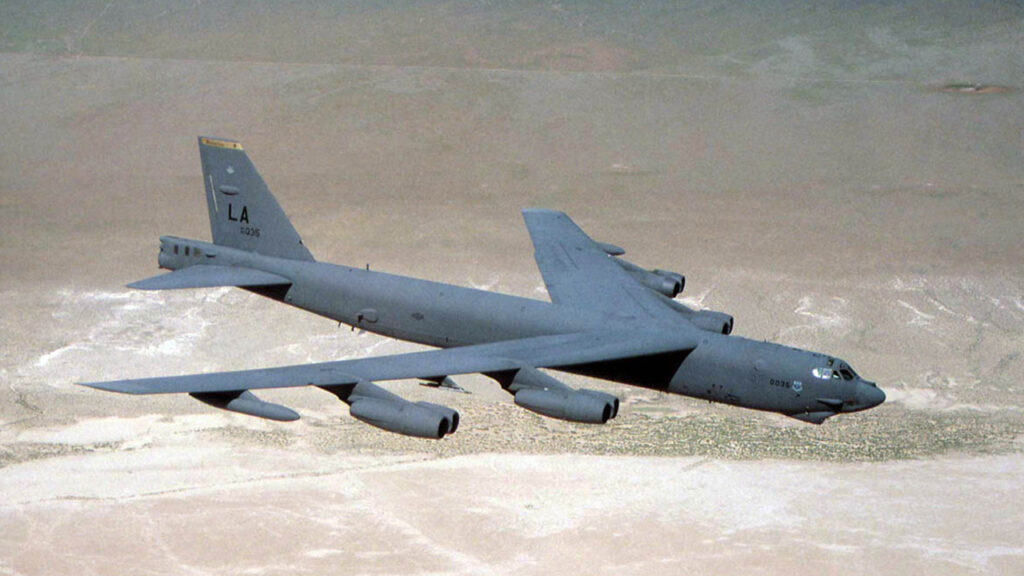
As aircraft tech advanced, bombers like the Boeing B-52 Stratofortress brought more speed, better altitude, and longer lifespan to the table ( Simple Flying ). It was only a matter of time before the B-36 got outpaced and eventually retired in 1959.
Still, it paved the way. The shift from piston to jet power marked a turning point in strategic air power, and the B-36 played its part. Its decade of service was a bridge between eras ( Wikipedia ), setting the stage for what came next.
Legacy and Preservation
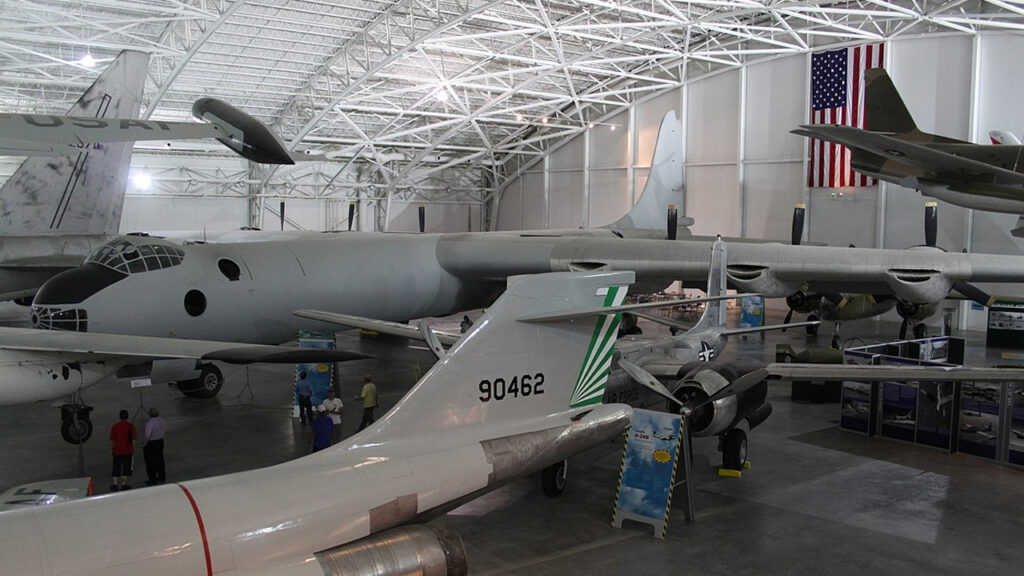
Only four B-36 aircraft remain today, spread across a few U.S. museums. Seeing one in person really puts its scale in perspective—there’s just nothing else quite like it. For aviation buffs or Cold War history fans, it’s a must-see ( Airplanes Online ).
More than a relic, the B-36 stands as a reminder of a time when the world held its breath. Its size and power were engineered not for war, but to avoid it. A Cold War heavyweight that never had to punch ( Strategic Air Command & Aerospace Museum ).


